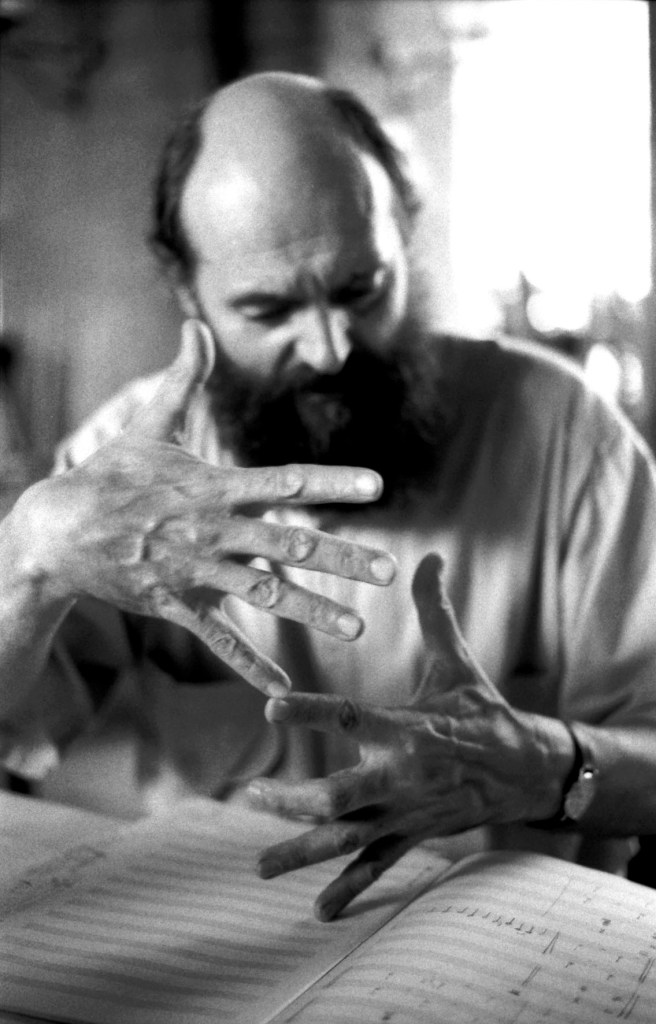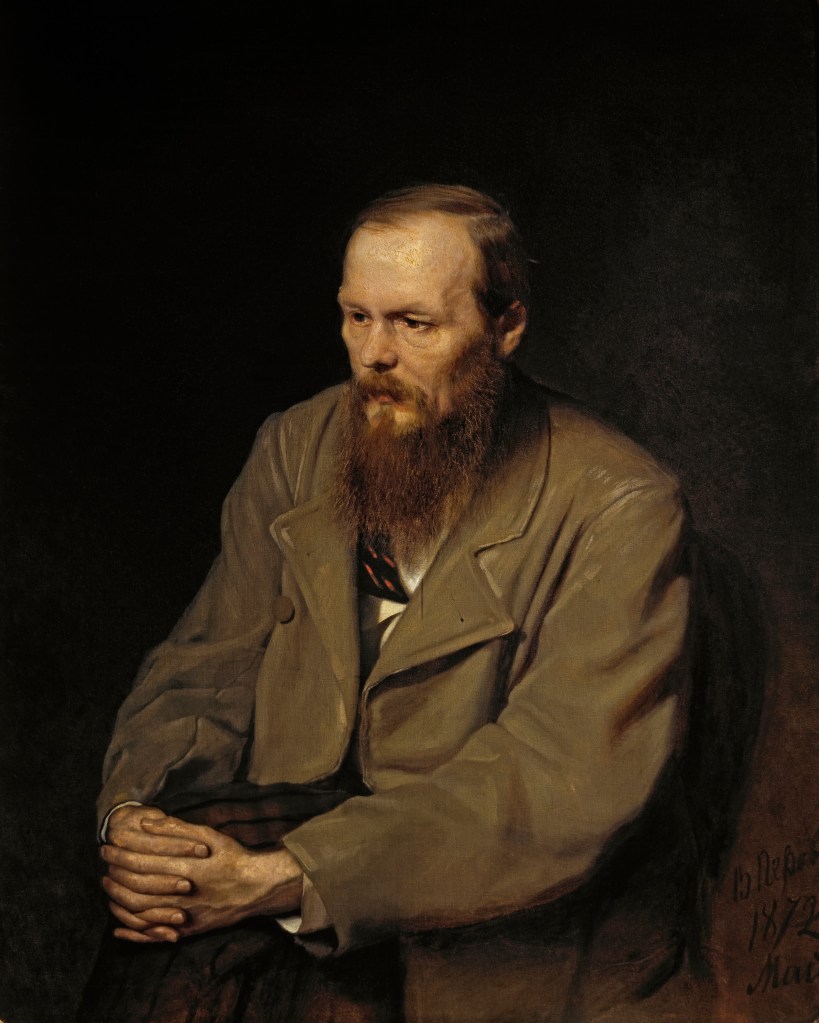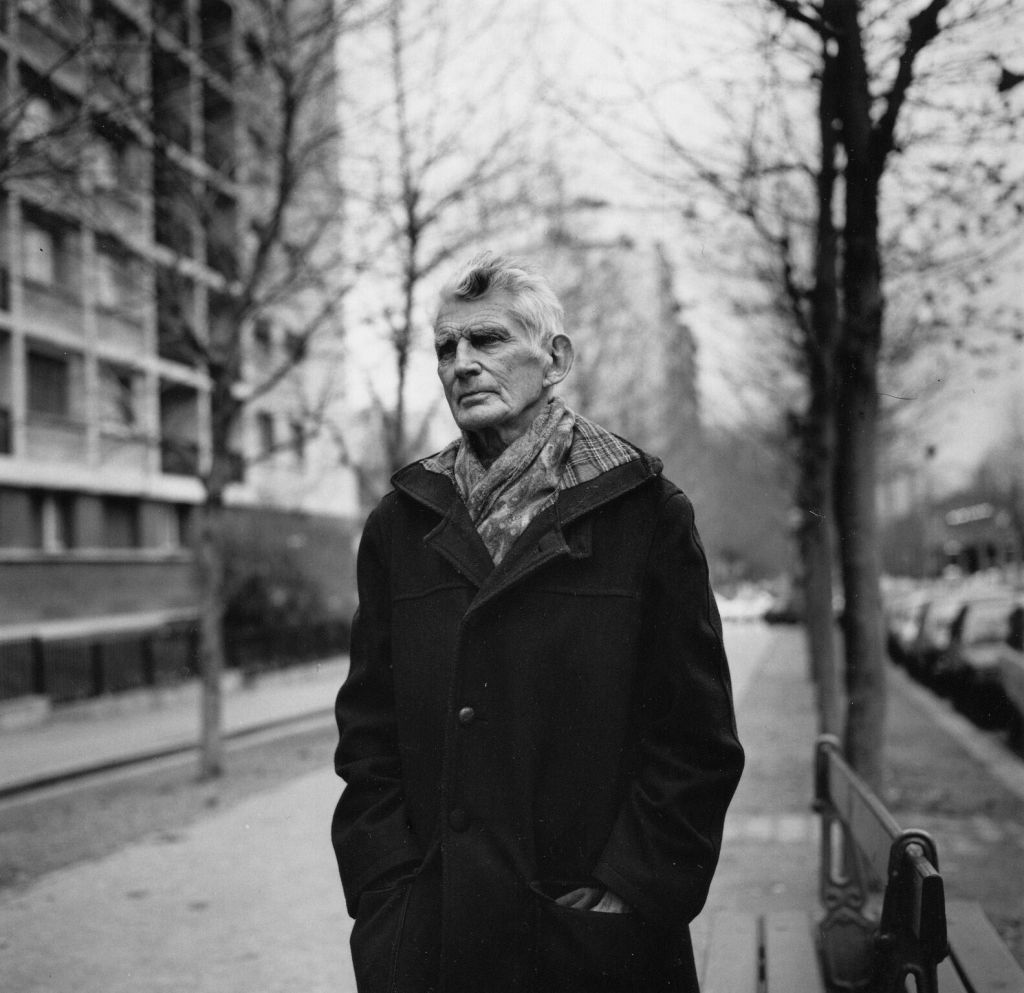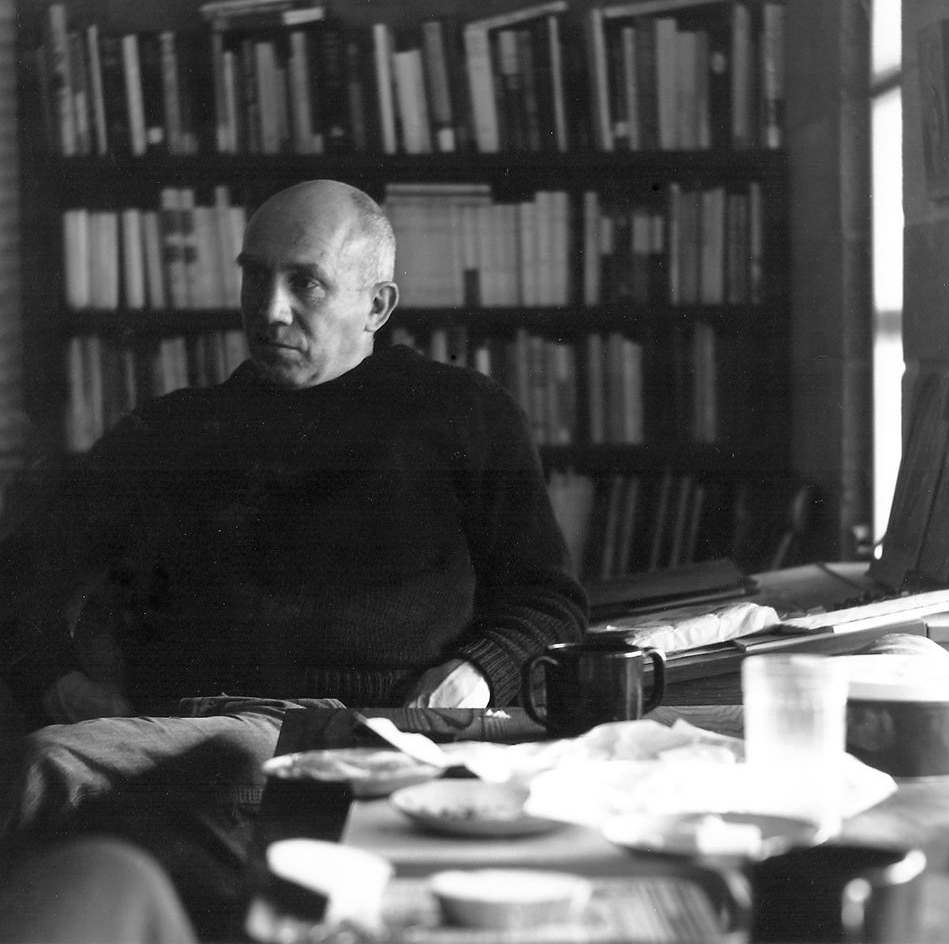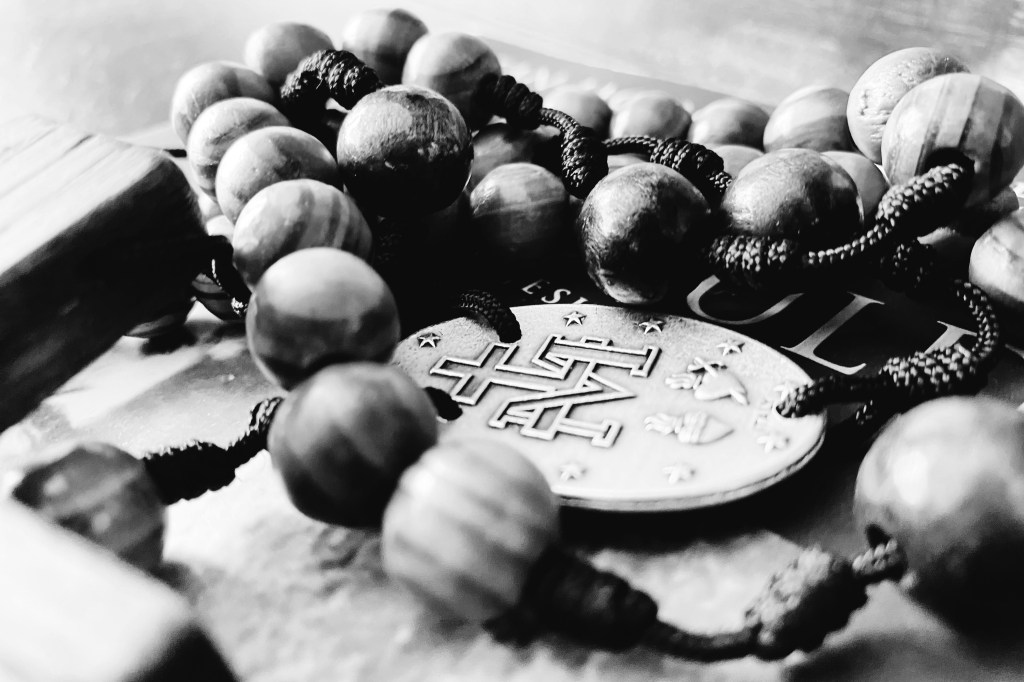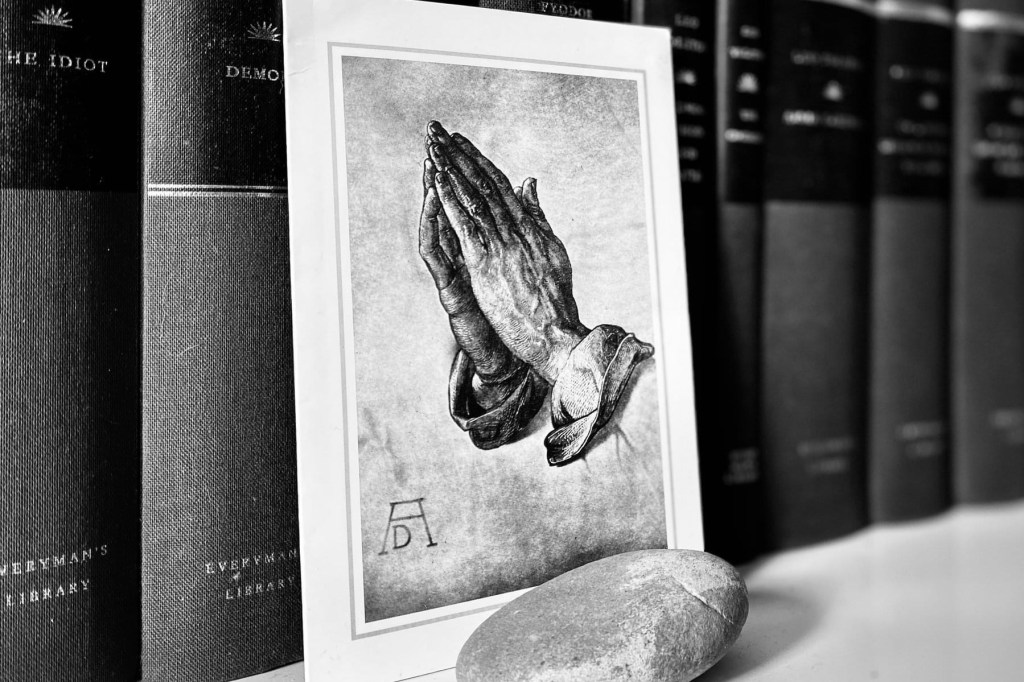I considered myself an atheist for many years, but was always drawn to writers and artists who dealt with religious questions in their work. From the time I was a teenager, I had immersed myself in the novels and short stories of Dostoevsky and Tolstoy; I was fascinated by philosophers such as Kierkegaard and Wittgenstein. And I felt an affinity with composers and filmmakers who evoked religious experiences and concerns in their work: the paintings and letters of Vincent Van Gogh, the recordings of John Coltrane and Arvo Pärt, and the films of Terrence Malick.
While studying literature at university I contracted a spinal infection that left me paralysed from the waist down, and then, later, from the chest down. To this day, the doctors do not know what caused the infection, or what prompted my recovery. I took a year away from studies to learn to walk again and rebuild my strength.
During those early stages of the illness, while lying in a hospital bed, I read a play about a woman buried up to her waist, and then, later, up to her neck. It was called Happy Days, and written by an Irish Nobel laureate called Samuel Beckett. This encounter began an enduring fascination with the author’s life and work, and later led to an academic career.
It was through one of Samuel Beckett’s early letters that I was introduced to Thomas à Kempis’ The Imitation of Christ. This deeply spiritual book changed the way I looked at myself and the world. I was drawn to its practical counsels: I would read it for assistance and aid at difficult moments, carried it with me during the day, and take it with me when I attended conferences or embarked on trips. While I still considered myself an atheist, this was the first time that I began to see how the life of Christ provided a universal template for living and for peace.
My encounter with The Imitation of Christ began a more concerted period of seeking. I wanted to adopt what I found right and true and wise in the book within my non-religious, secular way of life. I began to read more about Zen Buddhism, due to its similarities to Thomas à Kempis’ work, and for the fact that it made no demands for a belief in God.
I started reading Wittgenstein more and came across Leo Tolstoy’s The Gospel in Brief, a work that synthesises the four gospel accounts of the life of Christ while removing all traces of the supernatural or the miraculous. For a time, this provided a sense of focus and satisfaction, but I felt that there was still something missing, some gap in my knowledge or experience that was still seeking to be fulfilled.
In the spring of 2017, I read Thomas Merton’s The Seven Storey Mountain. A clarifying moment. The book is a memoir of religious conversion, and offers a rich account of one individual’s journey towards faith. It affected me profoundly. I related to Merton’s descriptions of the twentieth-century world that surrounded him, his abiding interest in literature and philosophy, and his gradual awakening to faith as an active and embodied practice.
Merton’s reverence for mystery and his enchantment with the world was something that resonated with me. I began to appreciate faith and reason as complementary, rather than opposed, and to explore how humility and grace can lead towards a richer, mystical sense of wonder at the world. The book prompted me to pay closer attention to my feelings and attitudes towards religious belief, to experiment with prayer, and to find out more about the Catholic Church.
On 7 June 2017, I had a conversion experience during a routine cardiology appointment that changed my life. It was as though I was beginning my life again, from scratch. I wanted to make an effort to live according to values of simplicity, humility, and compassion for others.
I decided to leave my career in academia; started following a healthier diet; gave away most of my possessions; and I became a volunteer for local charitable organisations. I also started to look for work at a place where I could explore and deepen these practices, but also my understanding of what was happening, and so I applied for a job at a local Catholic college.
Shortly after 7 June 2019, I felt drawn to living a religious life as part of the Catholic Church. I sought out instruction from a local parish priest, and was received into the Church on 27 September 2020.
On 14 December 2023, I became Head of Religious Education and Chaplaincy Coordinator at the same local Catholic college. I continue to strive towards a simple life lived in the service of others. Deo gratias.
Solemnity of St John of the Cross, 14 December 2023, Cardiff
Selected Reading
- See ‘Spiritual Reading‘.
Selected Listening
- The music of Arvo Pärt, John Coltrane, Beethoven, Mozart, and Bach
Selected Viewing
- The films of Terrence Malick and Andrei Tarkovsky


